Faizal Hafiz
Evolution of Neural Architectures for Financial Forecasting: A Note on Data Incompatibility during Crisis Periods
Nov 24, 2023Abstract:This note focuses on the optimization of neural architectures for stock index movement forecasting following a major market disruption or crisis. Given that such crises may introduce a shift in market dynamics, this study aims to investigate whether the training data from market dynamics prior to the crisis are compatible with the data during the crisis period. To this end, two distinct learning environments are designed to evaluate and reconcile the effects of possibly different market dynamics. These environments differ principally based on the role assigned to the pre-crisis data. In both environments, a set of non-dominated architectures are identified to satisfy the multi-criteria co-evolution problem, which simultaneously addresses the selection issues related to features and hidden layer topology. To test the hypothesis of pre-crisis data incompatibility, the day-ahead movement prediction of the NASDAQ index is considered during two recent and major market disruptions; the 2008 financial crisis and the COVID-19 pandemic. The results of a detailed comparative evaluation convincingly support the incompatibility hypothesis and highlight the need to select re-training windows carefully.
Coevolution of Neural Architectures and Features for Stock Market Forecasting: A Multi-objective Decision Perspective
Nov 23, 2023Abstract:In a multi objective setting, a portfolio manager's highly consequential decisions can benefit from assessing alternative forecasting models of stock index movement. The present investigation proposes a new approach to identify a set of nondominated neural network models for further selection by the decision maker. A new coevolution approach is proposed to simultaneously select the features and topology of neural networks (collectively referred to as neural architecture), where the features are viewed from a topological perspective as input neurons. Further, the coevolution is posed as a multicriteria problem to evolve sparse and efficacious neural architectures. The well known dominance and decomposition based multiobjective evolutionary algorithms are augmented with a nongeometric crossover operator to diversify and balance the search for neural architectures across conflicting criteria. Moreover, the coevolution is augmented to accommodate the data based implications of distinct market behaviors prior to and during the ongoing COVID 19 pandemic. A detailed comparative evaluation is carried out with the conventional sequential approach of feature selection followed by neural topology design, as well as a scalarized coevolution approach. The results on the NASDAQ index in pre and peri COVID time windows convincingly demonstrate that the proposed coevolution approach can evolve a set of nondominated neural forecasting models with better generalization capabilities.
* 22 pages
A Multi-criteria Approach to Evolve Sparse Neural Architectures for Stock Market Forecasting
Nov 15, 2021
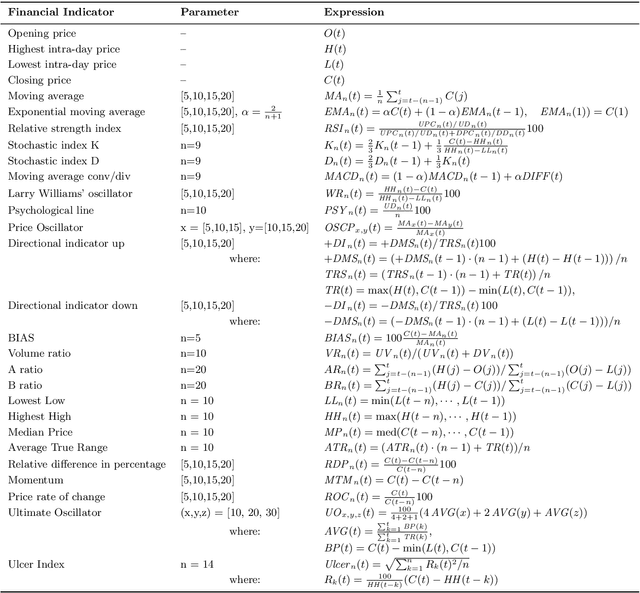
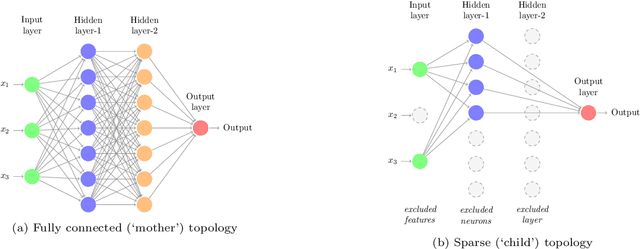

Abstract:This study proposes a new framework to evolve efficacious yet parsimonious neural architectures for the movement prediction of stock market indices using technical indicators as inputs. In the light of a sparse signal-to-noise ratio under the Efficient Market hypothesis, developing machine learning methods to predict the movement of a financial market using technical indicators has shown to be a challenging problem. To this end, the neural architecture search is posed as a multi-criteria optimization problem to balance the efficacy with the complexity of architectures. In addition, the implications of different dominant trading tendencies which may be present in the pre-COVID and within-COVID time periods are investigated. An $\epsilon-$ constraint framework is proposed as a remedy to extract any concordant information underlying the possibly conflicting pre-COVID data. Further, a new search paradigm, Two-Dimensional Swarms (2DS) is proposed for the multi-criteria neural architecture search, which explicitly integrates sparsity as an additional search dimension in particle swarms. A detailed comparative evaluation of the proposed approach is carried out by considering genetic algorithm and several combinations of empirical neural design rules with a filter-based feature selection method (mRMR) as baseline approaches. The results of this study convincingly demonstrate that the proposed approach can evolve parsimonious networks with better generalization capabilities.
An Efficient Framework for Automated Screening of Clinically Significant Macular Edema
Jan 20, 2020
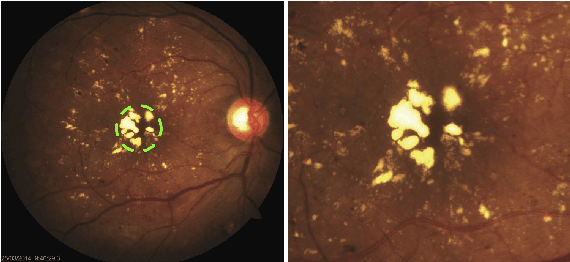


Abstract:The present study proposes a new approach to automated screening of Clinically Significant Macular Edema (CSME) and addresses two major challenges associated with such screenings, i.e., exudate segmentation and imbalanced datasets. The proposed approach replaces the conventional exudate segmentation based feature extraction by combining a pre-trained deep neural network with meta-heuristic feature selection. A feature space over-sampling technique is being used to overcome the effects of skewed datasets and the screening is accomplished by a k-NN based classifier. The role of each data-processing step (e.g., class balancing, feature selection) and the effects of limiting the region-of-interest to fovea on the classification performance are critically analyzed. Finally, the selection and implication of operating point on Receiver Operating Characteristic curve are discussed. The results of this study convincingly demonstrate that by following these fundamental practices of machine learning, a basic k-NN based classifier could effectively accomplish the CSME screening.
Multi-objective Evolutionary Approach to Grey-Box Identification of Buck Converter
Sep 10, 2019



Abstract:The present study proposes a simple grey-box identification approach to model a real dc-dc buck converter operating in continuous mode using a nonlinear polynomial autoregressive with exogenous input (NARX) model. The proposed approach casts the grey-box identification problem into a multi-objective framework and explicitly uses a priori information about the static nonlinearity into the structure selection process. The multi-objective framework could identify globally valid models with improved dynamic prediction and can mimic the static behavior of the buck converter over a wide input range.
Multi-Objective Evolutionary Framework for Non-linear System Identification: A Comprehensive Investigation
Aug 17, 2019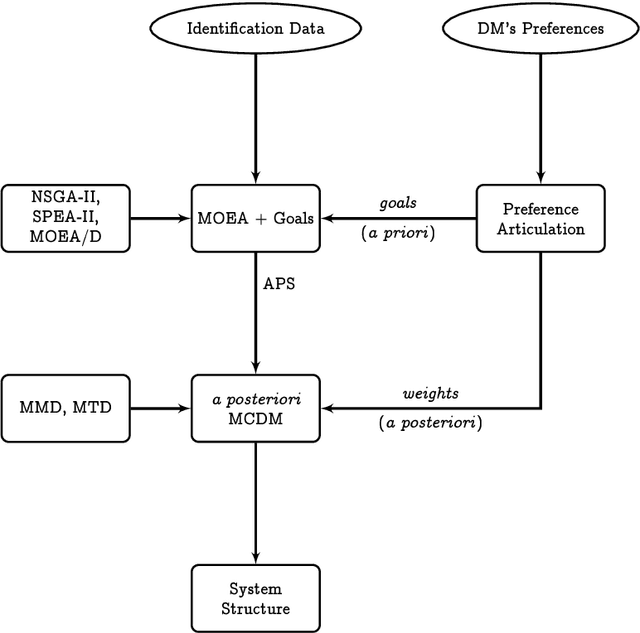

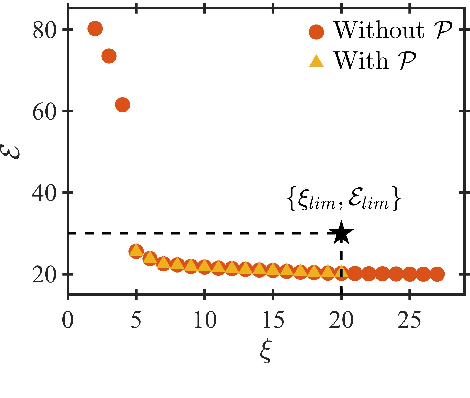
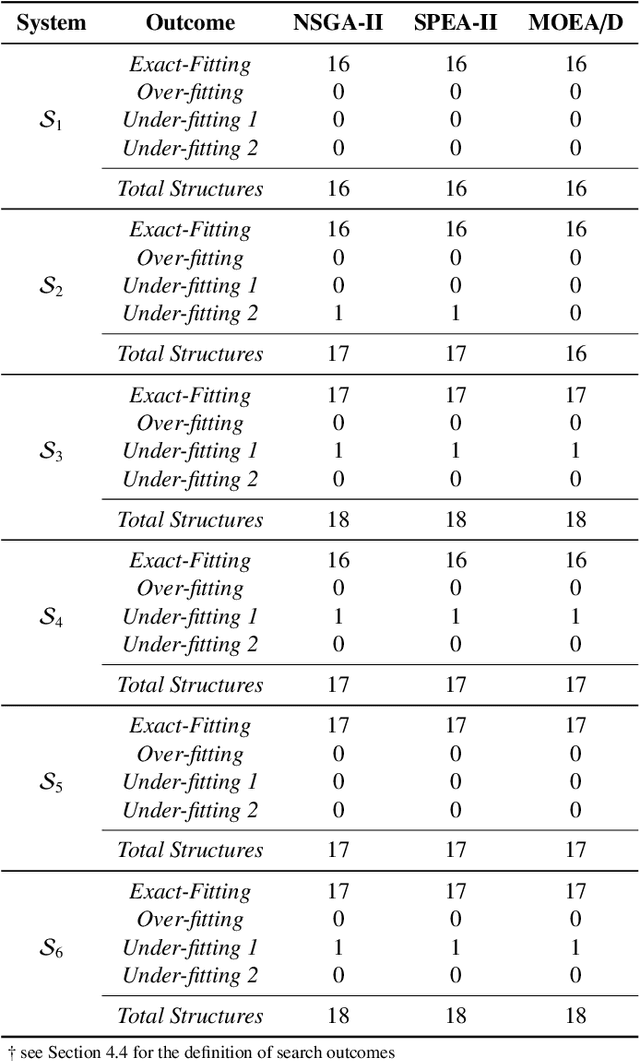
Abstract:The present study proposes a multi-objective framework for structure selection of nonlinear systems which are represented by polynomial NARX models. This framework integrates the key components of Multi-Criteria Decision Making (MCDM) which include preference handling, Multi-Objective Evolutionary Algorithms (MOEAs) and a posteriori selection. To this end, three well-known MOEAs such as NSGA-II, SPEA-II and MOEA/D are thoroughly investigated to determine if there exists any significant difference in their search performance. The sensitivity of all these MOEAs to various qualitative and quantitative parameters, such as the choice of recombination mechanism, crossover and mutation probabilities, is also studied. These issues are critically analyzed considering seven discrete-time and a continuous-time benchmark nonlinear system as well as a practical case study of non-linear wave-force modeling. The results of this investigation demonstrate that MOEAs can be tailored to determine the correct structure of nonlinear systems. Further, it has been established through frequency domain analysis that it is possible to identify multiple valid discrete-time models for continuous-time systems. A rigorous statistical analysis of MOEAs via performance sweet spots in the parameter space convincingly demonstrates that these algorithms are robust over a wide range of control parameters.
Efficient Feature Selection of Power Quality Events using Two Dimensional (2D) Particle Swarms
Apr 15, 2019


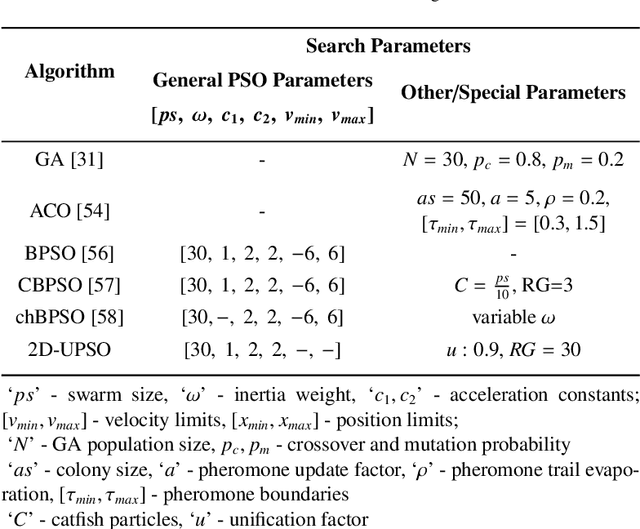
Abstract:A novel two-dimensional (2D) learning framework has been proposed to address the feature selection problem in Power Quality (PQ) events. Unlike the existing feature selection approaches, the proposed 2D learning explicitly incorporates the information about the subset cardinality (i.e., the number of features) as an additional learning dimension to effectively guide the search process. The efficacy of this approach has been demonstrated considering fourteen distinct classes of PQ events which conform to the IEEE Standard 1159. The search performance of the 2D learning approach has been compared to the other six well-known feature selection wrappers by considering two induction algorithms: Naive Bayes (NB) and k-Nearest Neighbors (k-NN). Further, the robustness of the selected/reduced feature subsets has been investigated considering seven different levels of noise. The results of this investigation convincingly demonstrate that the proposed 2D learning can identify significantly better and robust feature subsets for PQ events.
A Two-Dimensional (2-D) Learning Framework for Particle Swarm based Feature Selection
Aug 03, 2018
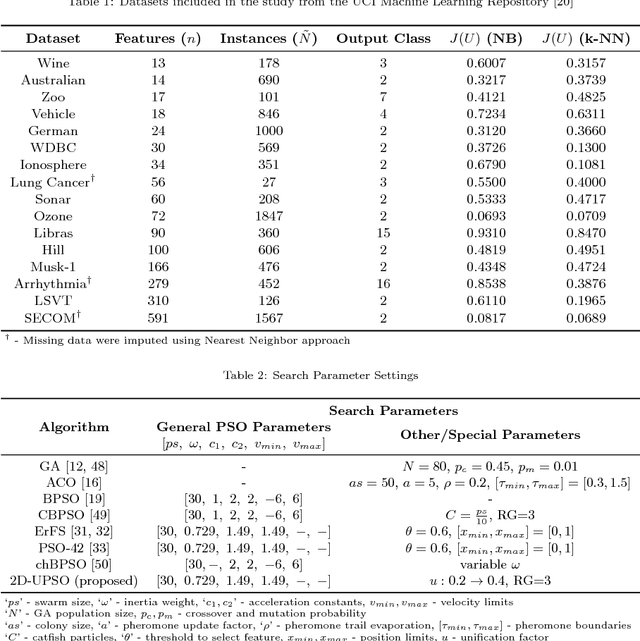


Abstract:This paper proposes a new generalized two dimensional learning approach for particle swarm based feature selection. The core idea of the proposed approach is to include the information about the subset cardinality into the learning framework by extending the dimension of the velocity. The 2D-learning framework retains all the key features of the original PSO, despite the extra learning dimension. Most of the popular variants of PSO can easily be adapted into this 2D learning framework for feature selection problems. The efficacy of the proposed learning approach has been evaluated considering several benchmark data and two induction algorithms: Naive-Bayes and k-Nearest Neighbor. The results of the comparative investigation including the time-complexity analysis with GA, ACO and five other PSO variants illustrate that the proposed 2D learning approach gives feature subset with relatively smaller cardinality and better classification performance with shorter run times.
 Add to Chrome
Add to Chrome Add to Firefox
Add to Firefox Add to Edge
Add to Edge